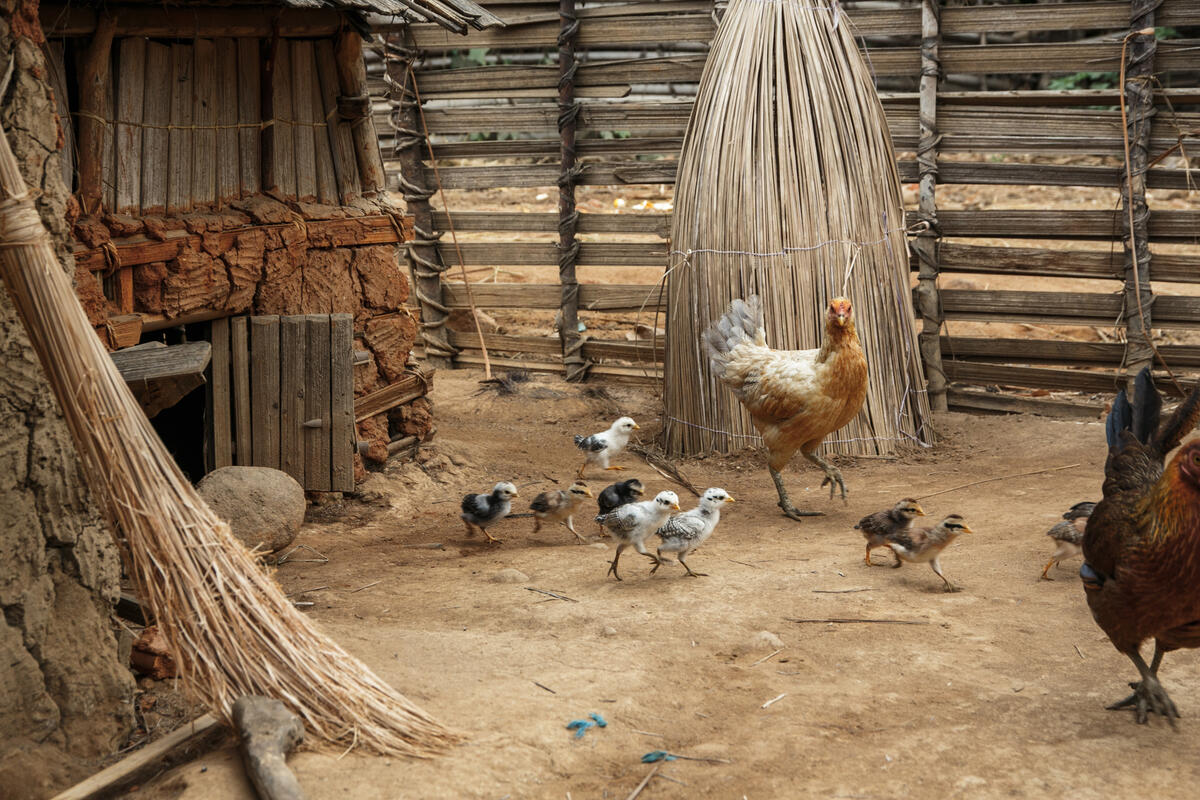Australia’s breeding ewe flock – and subsequently the 2023 lamb cohort – is still primarily built on Merino genetics, particularly for producers with more than 5,000 sheep.
The May wave of the Sheep Producer Intentions Survey provided unique insights into the genetic makeup of the nation’s breeding ewes by breed, as well as producers’ flock sizes.
Nearly 2,000 sheep and wool producers from across Australia were surveyed in order to measure breeding intentions, sentiment, breeding ewe breed demographics and similar information for wethers.
Merinos continue to dominate
The Sheep Producer Intentions Survey report segments results by state and producer flock size. This segmentation shows how the breakdown of breeding ewes by breed changes as flocks get larger.
The data indicates that Merinos dominate as the breed of choice for breeding ewe flocks, especially once the flock’s size reaches 5,000 or more sheep.
Figure 1. Australian breeding ewes by breed and producer flock size
Merinos make up:
- 59% of ewes in a 0–5,000 head flock
- 70% of ewes in a 5,000–10,000 head flock
- 69% of ewes in a 10,000–20,000 head flock
- 76% of ewes in a 20,000+ head flock.
Prime lamb breeding ewe numbers remain stable with larger producers, accounting for 16% and 15% respectively for producers with 10,000–20,000 and 20,000+ head flocks.
Producers with less than 5,000 sheep have a much more diversified spread of breeds across the breeding ewe base, as Merinos make up a smaller portion of the total (although still dominant).
As Figure 1 indicates, the larger the flocks get, the more dominant Merinos become, demonstrating that most of Australia’s large sheep flocks are built on Merino genetics.
2023 lamb crops and producer size
The survey data also provided insights into the expected genetic makeup of the 2023 lamb crop.
Joining Merino ewes for purebred Merino lamb production remains the dominant mating process for producers with 5,000 or more sheep.
The mating process of joining non-Merino ewes for lamb production increased significantly for producers with less than 5,000 sheep, accounting for 45% (on average) of the total lambs expected for 0–5,000 head flocks.
This data aligns with the October wave of the Sheep Producers Intentions Survey, indicating that flocks with less than 5,000 sheep will see large numbers of lambs with pure meat breed-based genetics in their 2023 drop.
Conversely, the opposite relationship is true where the percentage of Merinos joined for purebred or crossbred lamb production rises as flock sizes increase. For producers with more than 5,000 sheep, Merino ewes destined to breed purebred Merino lambs accounted for 53% or 9.2 million of total ewes expected to be joined.
Wrap up
This segmentation and breakdown of ewes by breed indicates that Merinos remain the key component of the nation’s breeding ewe base, particularly for producers with 5,000 or more sheep. Smaller producers have a much more diversified spread of ewes by different breeds.
Importantly, the lamb crop of 2023 will also have a diversified offering of different breeds, with smaller producers supplying large numbers of lambs with pure meat breed-based genetics for the spring flush in 2023. Larger producers with a pure Merino-based genetic lamb crop will support the nation’s woolgrowing intentions.







